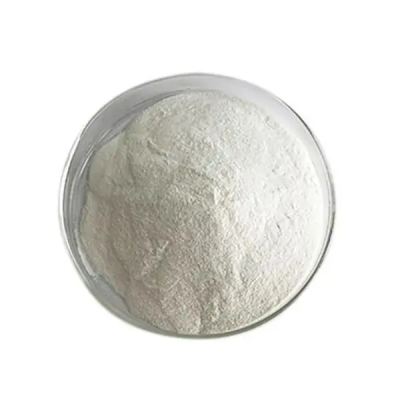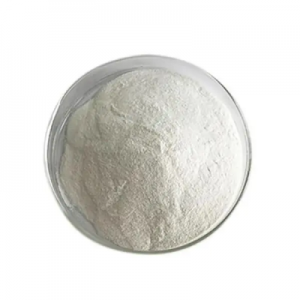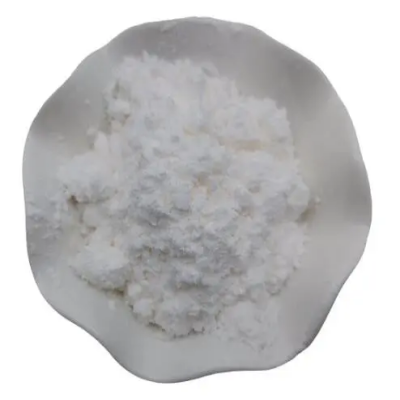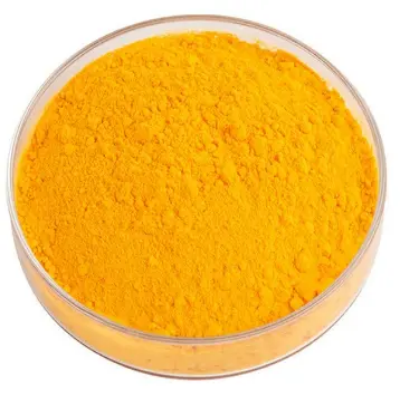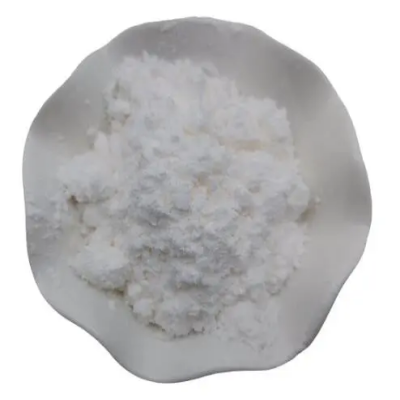Lapatinib CAS:231277-92-2
Lapatinib plays a pivotal role in oncology, particularly in the treatment of HER2-positive breast cancer. HER2-positive breast cancers overexpress the HER2 receptor, leading to aggressive tumor growth. Lapatinib inhibits both HER2 and EGFR receptors, thereby disrupting the signaling pathways that promote cancer cell survival and proliferation. This dual inhibition makes Lapatinib an effective targeted therapy for HER2-positive breast cancer, either alone or in combination with other chemotherapy agents. Beyond breast cancer, Lapatinib is also under investigation for its potential in treating other types of cancers, including lung cancer and brain metastases. Its ability to cross the blood-brain barrier makes it particularly promising for treating HER2-positive brain metastases, where standard therapies often struggle to penetrate. In clinical practice, Lapatinib is typically administered orally as a tablet. Its pharmacokinetic profile allows for convenient dosing and patient compliance. Ongoing research focuses on optimizing dosing regimens and exploring combination therapies to enhance its efficacy and minimize resistance mechanisms that may develop over time. Lapatinib's role extends beyond direct cancer treatment. It serves as a valuable tool in translational research and drug development. Scientists study Lapatinib to understand the molecular mechanisms of HER2-driven cancers and to develop new therapies that target similar pathways. The drug's success has spurred interest in developing next-generation tyrosine kinase inhibitors with improved efficacy and reduced side effects. Moreover, Lapatinib exemplifies the broader trend towards personalized medicine in oncology. Its targeted approach allows clinicians to tailor treatments based on the molecular characteristics of individual tumors, improving outcomes and minimizing unnecessary side effects compared to traditional chemotherapy. In conclusion, Lapatinib represents a significant advancement in cancer therapy, particularly for HER2-positive breast cancer. Its dual inhibition of EGFR and HER2 receptors makes it a cornerstone of treatment regimens worldwide. Ongoing research continues to explore its potential in expanding treatment options for various cancers, underscoring its importance in the evolving landscape of precision medicine.






| Composition | C29H26ClFN4O4S |
| Assay | 99% |
| Appearance | white powder |
| CAS No. | 231277-92-2 |
| Packing | Small and bulk |
| Shelf Life | 2 years |
| Storage | Store in cool and dry area |
| Certification | ISO. |


